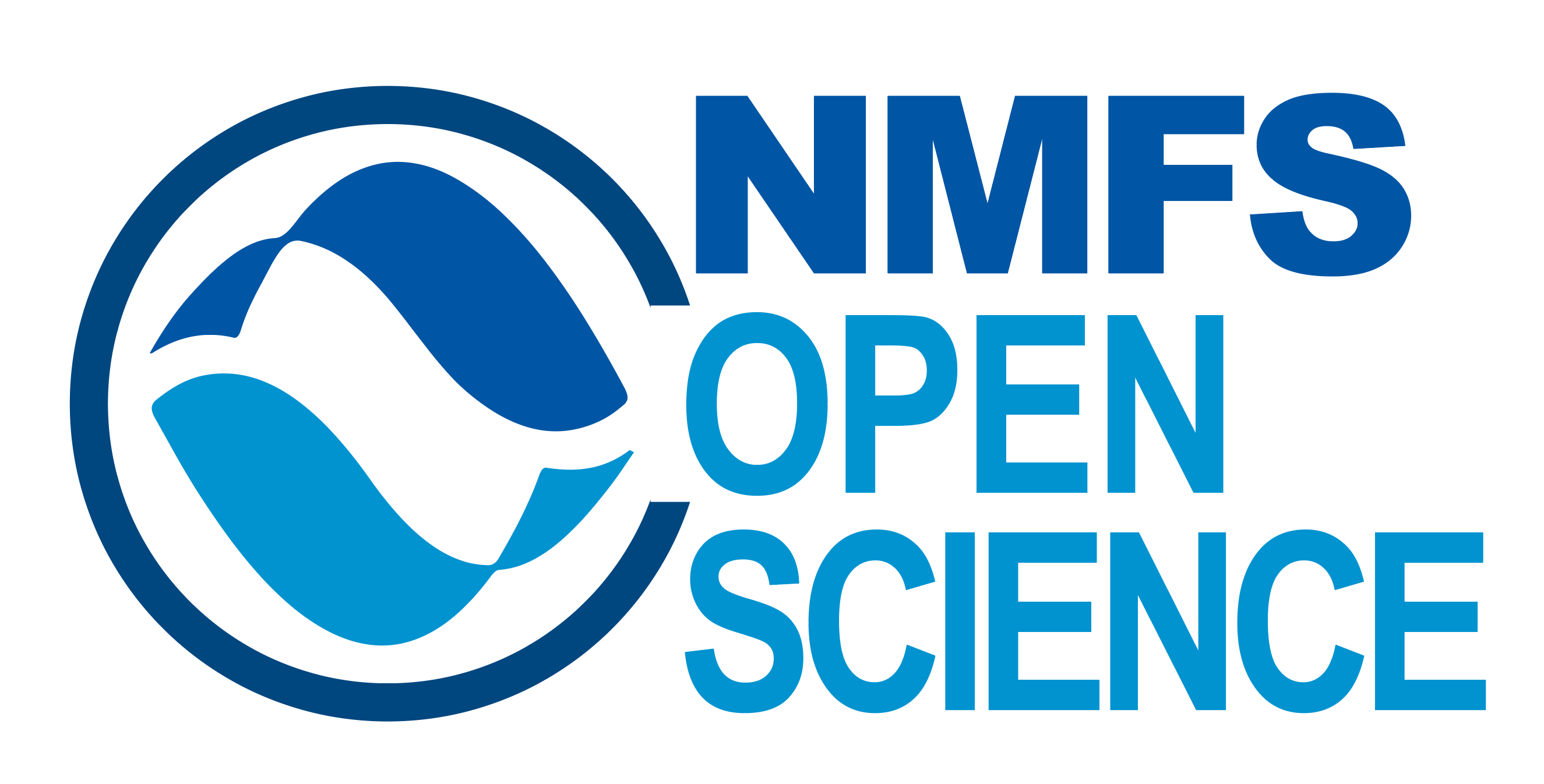How to use
The extension provides a format titlepage-pdf where you can specify a variety of themes and customizations. The video gives a 10 minute tutorial on how to use the extension to create a custom title page.
Install the extension
Install into new directory
quarto use template nmfs-opensci/quarto_titlepagesThis will install the extension in the _extension folder plus all the demo files. Essentially, you will be cloning the repo into a new folder and you will be asked at installation for the name of the (empty) folder/directory that you want to install into.
Install or update for an existing directory
You may also use this format with an existing Quarto project or document. This will install only the files in the _extension folder and will not install the files above that (the demo files). Use the same command to update an existing extension.
From the quarto project or document directory, run the following command:
quarto install extension nmfs-opensci/quarto_titlepagesUsage
In your document yaml add the format and a title page theme (or file). For example,
format:
titlepage-pdf:
titlepage: vline
documentclass: scrbook
classoption: ["oneside", "open=any"]
number-sections: trueFor a cover page, you would add something like
format:
titlepage-pdf:
coverpage: true
cover-bg-image: "myimage.jpeg"
documentclass: scrbook
classoption: ["oneside", "open=any"]
number-sections: trueThis would default to cover page with a full-page background image and the title at top and author at bottom, but all of that is customizable.
Then render the document. How? That depends on the IDE you are using. There should be a render ‘button’ or drop-down or you can run this command from the shell.
quarto render article.qmdassuming your qmd file is named article.qmd. Note, if you add --to to your render command you need to use --to titlepage-pdf not --to pdf. The latter instructs Quart to render to a plain pdf format.
Customizing
All features of the text and placement of blocks (header, title, author, etc) are customizable. See the chapters on themes and customizing. Jump to the pages on the title page themes and cover page themes to see examples.
Need to add a copyright or dedication page after the title page? See section on adding static files.
Document classes
The document class changes the look of your document. For the book document classes, you will need to pass in
number-sections: truein your YAML because Quarto sets number-sections: false by default and that will mess up all your equation, figure and table numbers. It simply will not number them correctly at all.
scrbook
The KOMA scrbook document class has many options that your can use to change the look of your book. Read the documentation here.
If you want chapters to be allowed to start on even or odd pages and the left and right margins on even and odd pages to be the same, use
classoption: ["oneside", "open=any"]scrartcl
This document class is more for single documents with sections and the equation, figure and table numbering will be 1, 2, 3, … as opposed to 1.1, 1.2, etc, with the chapter number included in the number. The default in Quarto is no section or chapter numbers. Use
number-sections: trueif you want numbers.
Other classes
The cls folder has some other document classes that you can use. Specify by providing the path to the document class file. For example,
documentclass: cls/krantz.clsThe base TeX document classes are article, report, and book. But there are many many more available to customize the look of your document. Here is a Stackoverflow post with a few discusssed here.
Table of contents
You can add a table of contents (toc: true), list of figures (lof: true) and list of tables (lot: true). The depth of the TOC is specified with toc-depth. Example:
format:
titlepage-pdf:
titlepage: bg-image
documentclass: scrartcl
toc: true
toc-depth: 3
lof: true
lot: trueColors
The xcolor LaTeX package is used so you can define any color you want with a xcolor command. Then you can refer to this color where you want to specify a color.
format:
titlepage-pdf:
documentclass: scrbook
classoption: ["oneside", "open=any"]
number-sections: true
titlepage: "academic"
titlepage-footer: |
NOAA Fisheries OpenSci\
Tools for Open Science\
[https://github.com/nmfs-opensci](https://github.com/nmfs-opensci)\
coverpage: "great-wave"
coverpage-theme:
title-node-spec: "fill=mygreen, inner sep=10mm, minimum height=4cm"
title-width: "8cm"
titlepage-theme:
footer-color: mygreen
keep-tex: true
include-in-header:
text: |
\definecolor{mygreen}{HTML}{808000}Abstract
Currently none of the titlepage themes include an abstract. However you can include a static page after the title page and add your abstract (or executive summary) to that. See section on adding static files and the example_2.qmd example file.
